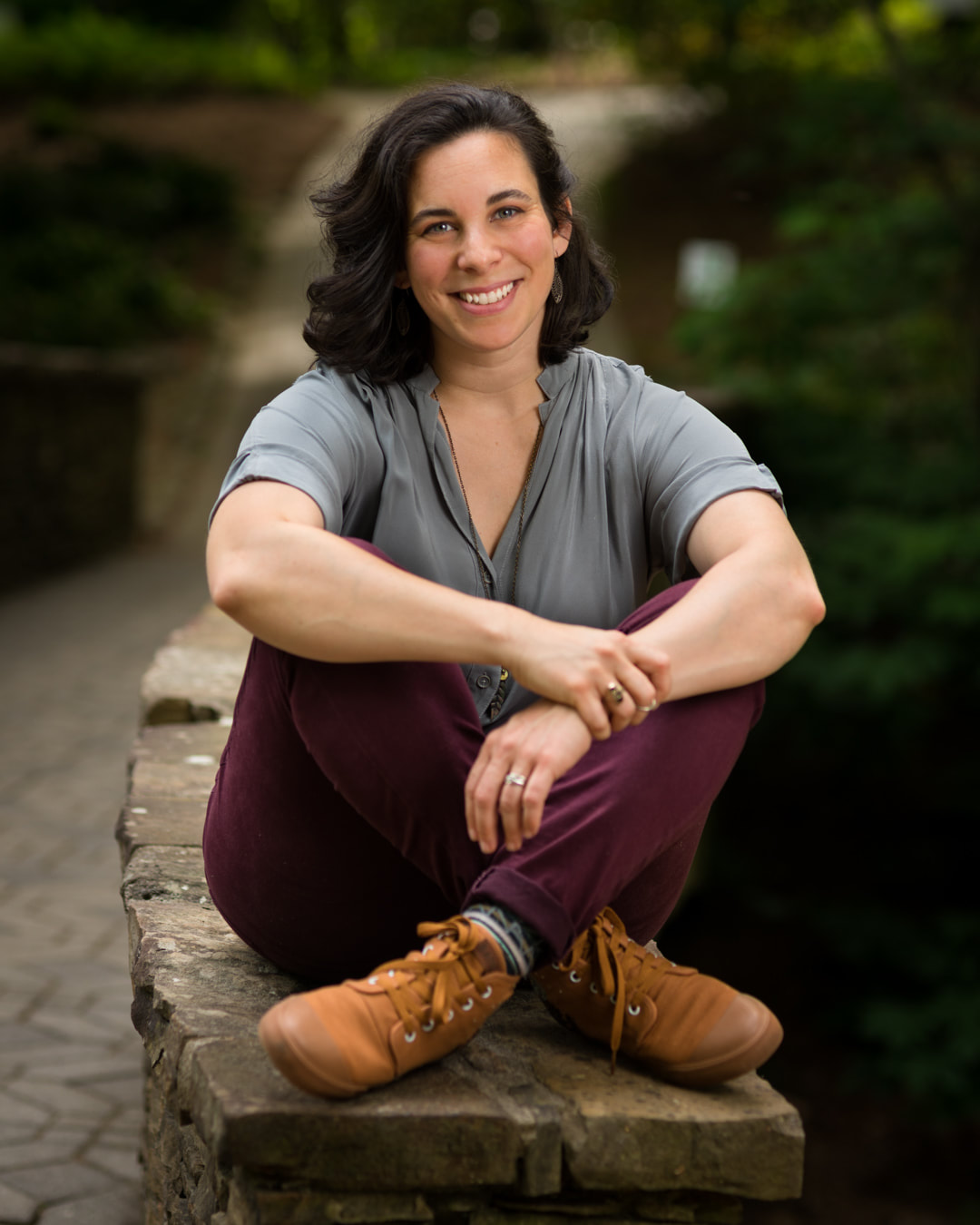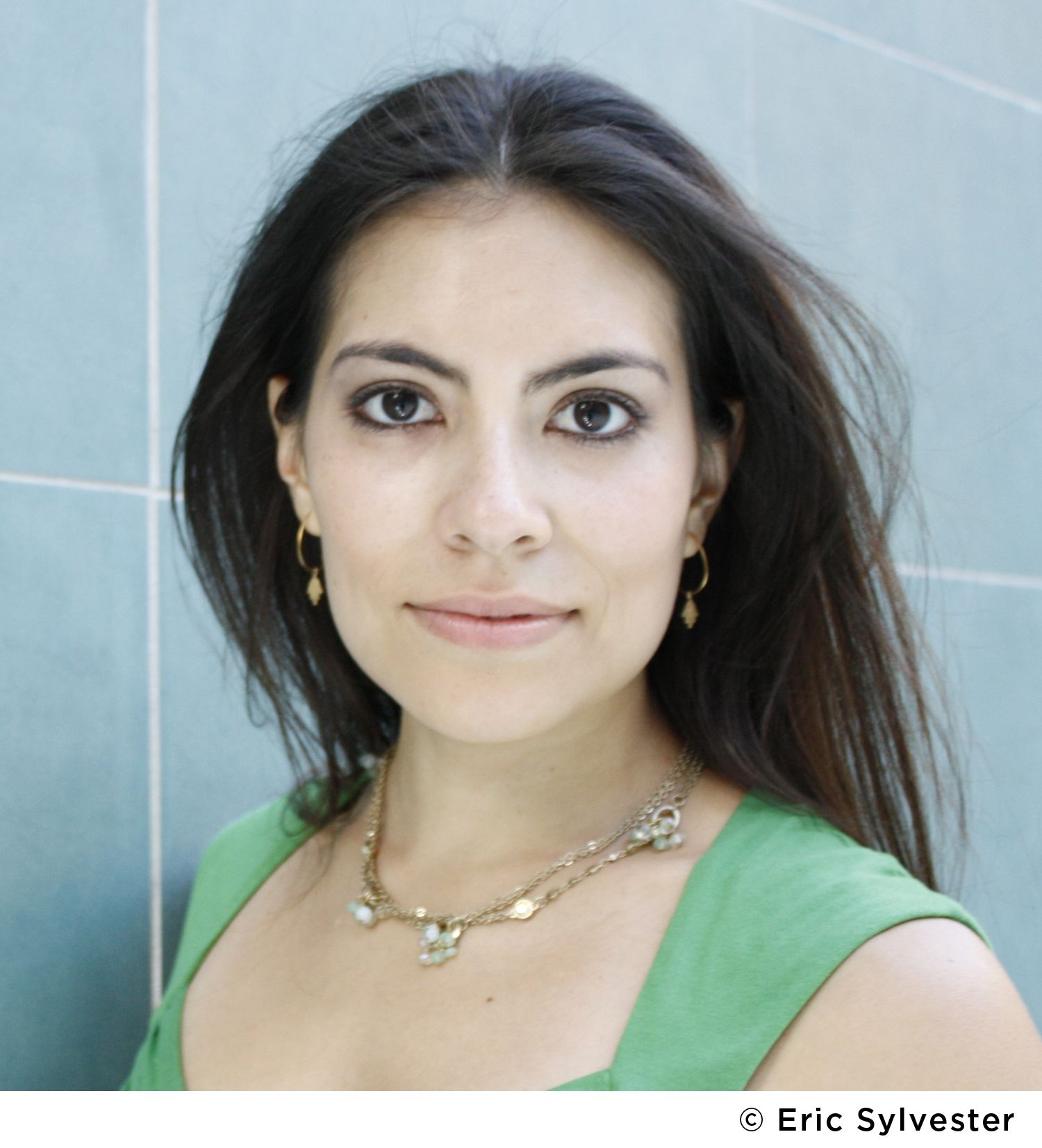
by Michele Kirichanskaya | Mar 19, 2023 | Blog
Emily B. Martin splits her time between working as a park ranger and an author/illustrator, resulting in her characteristic eco-fantasy adventures. An avid hiker and explorer, her experiences as a ranger help inform the characters and worlds she creates on paper. Her...

by Michele Kirichanskaya | May 27, 2022 | Blog
Natalia Sylvester is the author of Running, her YA debut, as well as two novels for adults. Born in Lima, Peru, she grew up in Miami, Central Florida, and South Texas, and received a BFA from the University of Miami. She currently lives in Austin, Texas. Follow her on...




